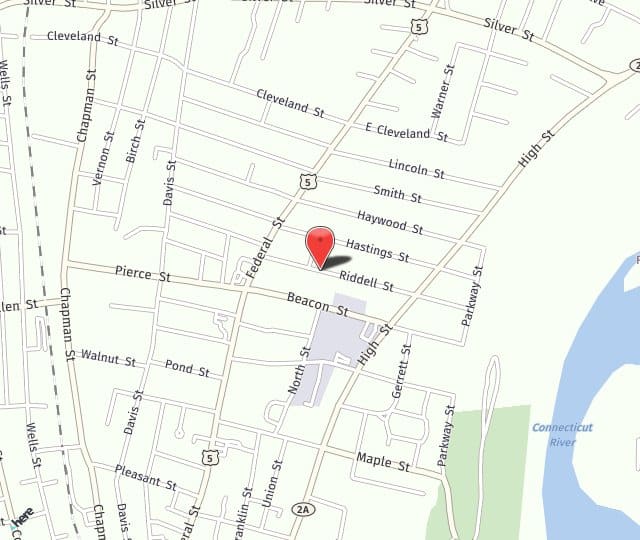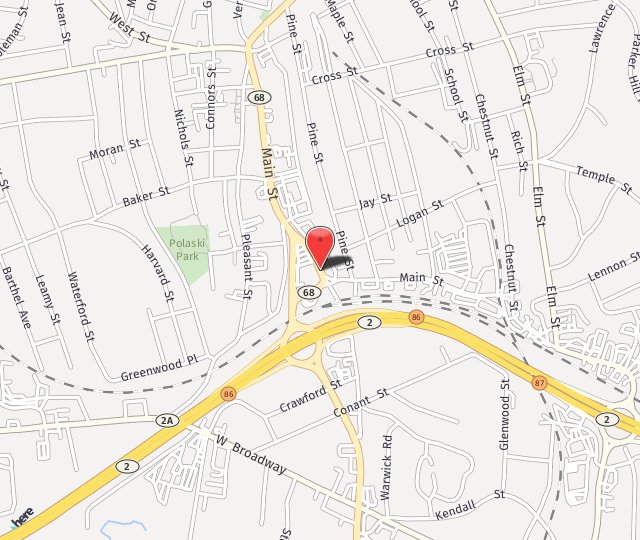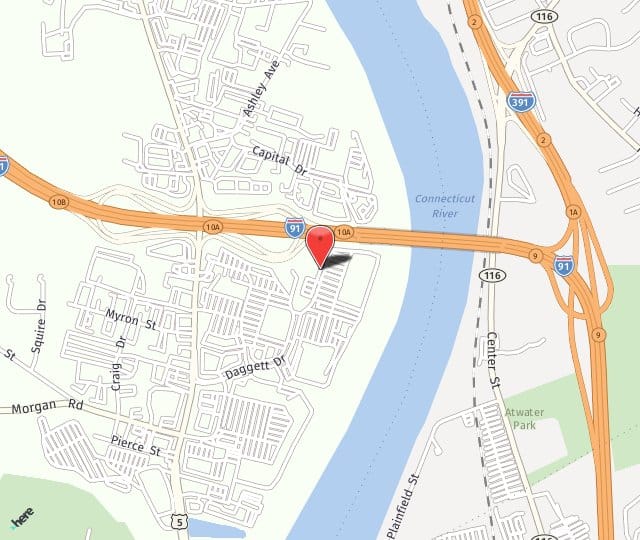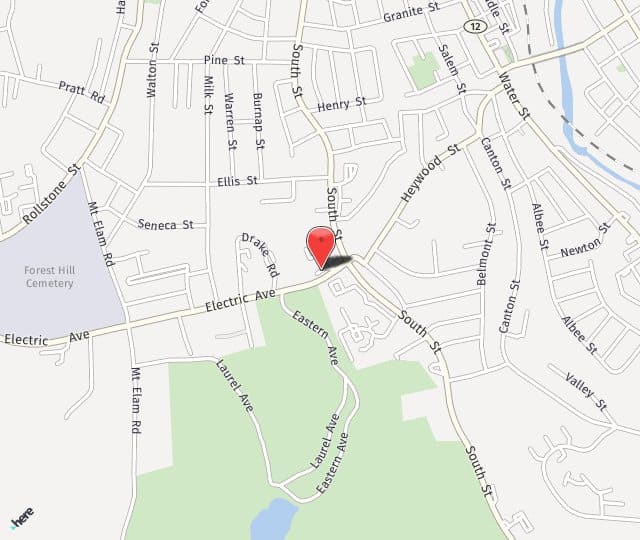 You would never hop into a submarine or a spaceship without knowing exactly what you are going to expect. Similarly, we want all of our patients to feel the same way before they come into our office. As one aspect of your biannual examination, we at Longwood Eye & LASIK Center will test your eyes for a variety of things such as astigmatism, nearsightedness, farsightedness, glaucoma, and cataracts. As an eye disease that affects about 3 million people worldwide, glaucoma is something that is best if caught early on. So, what is glaucoma testing and how is it performed? Read on to learn more.
You would never hop into a submarine or a spaceship without knowing exactly what you are going to expect. Similarly, we want all of our patients to feel the same way before they come into our office. As one aspect of your biannual examination, we at Longwood Eye & LASIK Center will test your eyes for a variety of things such as astigmatism, nearsightedness, farsightedness, glaucoma, and cataracts. As an eye disease that affects about 3 million people worldwide, glaucoma is something that is best if caught early on. So, what is glaucoma testing and how is it performed? Read on to learn more.
Tonometry
This is one of the most basic tests performed to detect early signs of glaucoma. Tonometry measures the pressure in your eye. By using a device called a tonometer, a small amount of pressure will be placed on your eye by administering a warm puff of air.; this will help our staff read the overall pressure in your eye.
Ophthalmoscopy
This examination is done by dilating the pupils with some eye drops. Once the eyes are properly dilated, the doctor will then shine a light on your eyes to magnify the optic nerve. This will help the doctor examine your nerve for a change in shape or color— both of which are indicators of glaucoma.
Perimetry
This test is used to gauge a map of your vision. By looking straight ahead, your doctor will then shine a moving light past your peripheral vision. This test is only done on patients who have been diagnosed with glaucoma and is used to see if your vision has been affected thus far.
Gonioscopy
This eye examination is used to identify what type of glaucoma you have: closed or open-angle glaucoma. By placing numbing drops into your eyes, a contact lens will be placed onto the eye. The lens will help the doctor measure the angle between the iris and the cornea.
Schedule a Consultation
Although there isn’t yet a cure for glaucoma, the good news is that if it is caught early on, it can easily be treated. By performing a variety of tests, we at Longwood Eye & LASIK Center will be able to first diagnose you with glaucoma and then provide you with relevant treatment. To learn more about glaucoma or glaucoma testing, contact Longwood Eye & LASIK Center today and schedule an appointment!




